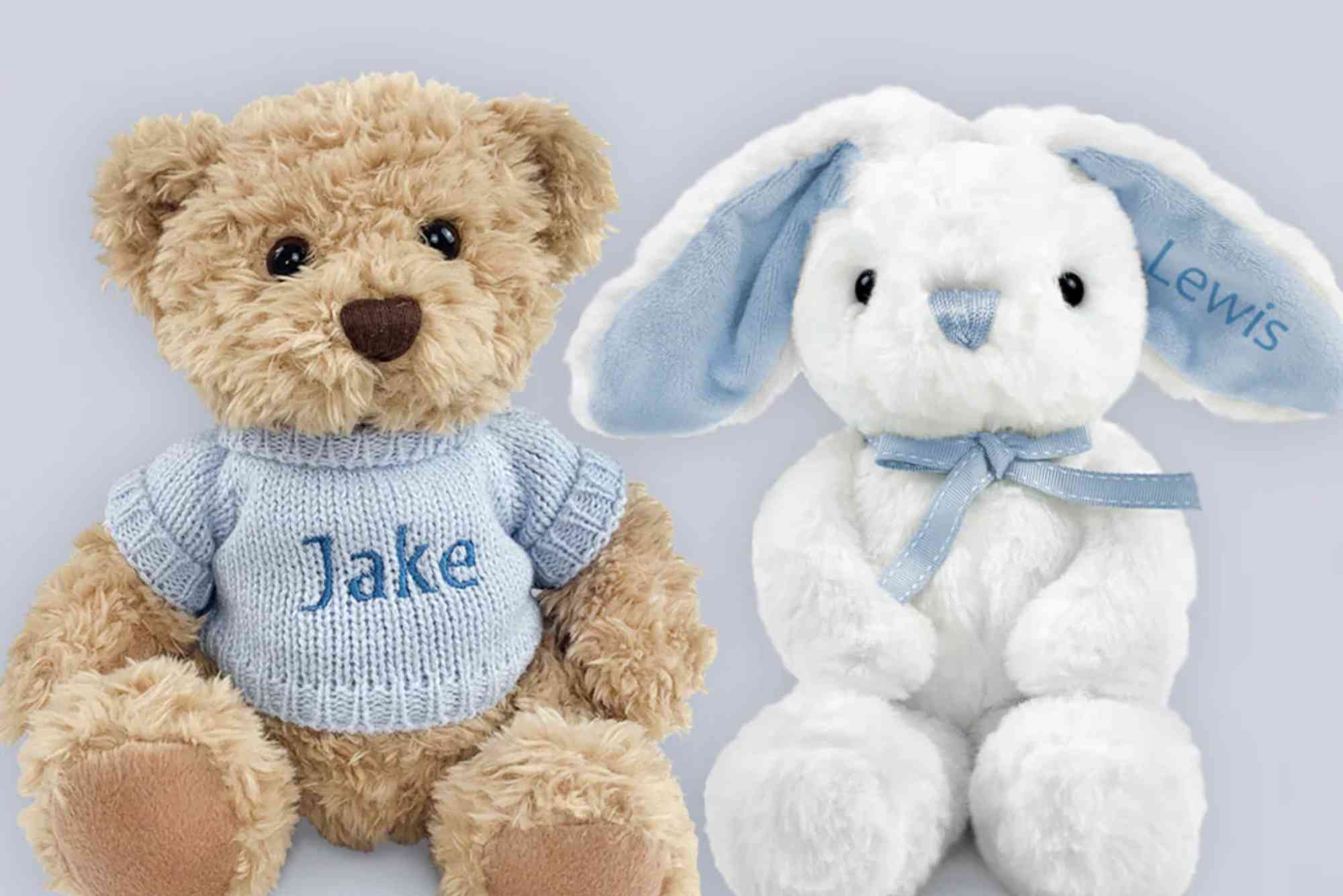Pakistan’s booming textile exports, especially from South Punjab, demand innovative packaging methods that maintain product quality during retail shipping. Hosiery, one of the most delicate categories, often faces issues like tangling, creasing, or damage in transit—impacting brand perception and sales. This guide provides tangle-free hosiery packaging strategies customized for local businesses, retailers, and startups in Pakistan’s evolving e-commerce space.
With support from initiatives like Ignite and Special Technology Zones Authority (STZA), packaging solutions are becoming smarter, regionalized, and export-competitive. Here’s how to ensure your hosiery items arrive at retail shelves in pristine condition.
Why Hosiery Packaging Matters in Pakistan’s Export Sector
Quick Answer: Proper hosiery packaging reduces product damage, enhances brand visibility, and supports regional export goals.
South Punjab—cities like Multan, Bahawalpur, and Rahim Yar Khan—are vital players in hosiery production. These areas export large volumes of socks and stockings to the Middle East, EU, and North America. Yet, poor packaging can derail quality assurance, reduce customer satisfaction, and increase return rates.
Key regional insights:
-
Pakistan exported $282 million worth of hosiery goods in 2023.
-
Over 20% of these exports originated from South Punjab industrial units.
-
30% of packaging-related customer complaints stemmed from tangled or damaged hosiery.
To remain competitive, smart, tangle-free hosiery packaging solutions are crucial.
Hosiery Set Packing Techniques That Prevent Tangling
Quick Answer: Use individual compartments, flat layering, and anti-static packaging to avoid hosiery tangles.
Here are proven methods adopted by exporters and retailers:
-
Flat Fold Method: Lay each pair flat, then fold only once to maintain structure.
-
Divider Inserts: Use cardboard or biodegradable dividers between hosiery sets.
-
Mesh or Tissue Wrapping: Wrapping each item in soft mesh or tissue prevents friction.
-
Custom-fit Boxes: Reduce void space to prevent movement inside the box.
Pro Tip from South Punjab’s Hosiery Exporter (Fictitious):
“Ever since we adopted rigid-box packaging with compartmental dividers, our customer returns due to tangling dropped by 40%,” —Rashid Mehmood, Hosiery Trader, Multan.
Retail Shipping Standards and Hosiery Packaging Compliance
Quick Answer: Comply with local and international shipping standards using sustainable, shock-resistant packaging.
For retail shipping in Pakistan and abroad, hosiery packaging should follow:
-
Anti-crush box designs with reinforced edges.
-
Humidity control packets to prevent fabric dampness.
-
Barcode/QR-enabled labels to track and verify shipments.
-
STZA-endorsed digital packaging tools for quality assurance.
Pakistan’s Special Technology Zones are pushing packaging companies to incorporate tech-driven monitoring into the logistics supply chain. This ensures hosiery packaging not only prevents tangles but aligns with smart shipping protocols.
Eco-Friendly Hosiery Packaging Options in Pakistan
Quick Answer: Adopt recyclable, biodegradable, and reusable packaging materials for a sustainable brand image.
Today’s consumers—especially in overseas retail markets—demand sustainability:
-
Recyclable Kraft Boxes with water-based inks
-
Biodegradable Cellophane Wraps instead of plastic
-
Reusable Cotton Pouches for luxury hosiery
-
Soy-based Ink Branding for environment-safe printing
These solutions are now readily available in Karachi and Lahore’s packaging hubs and even emerging in South Punjab through STZA incubation hubs.
Common Hosiery Packaging Mistakes and How to Avoid Them
Quick Answer: Avoid oversized boxes, excessive layering, and static-prone materials to prevent hosiery damage.
Here are typical errors made by retailers:
Using large boxes that let hosiery shift and tangle
Not wrapping items individually
Using synthetic plastic that causes static and clumping
Poor labeling or missing QR tags for tracking
Fix with these steps:
-
Always measure hosiery sets before selecting box sizes.
-
Use low-static wrap material (tissue or cotton).
-
Label clearly with SKU and barcodes.
Tech-Backed Hosiery Packaging: The Future for Pakistan
Quick Answer: Digital labeling, QR codes, and automation are reshaping hosiery packaging across Pakistan’s textile sector.
With Ignite’s funding to support packaging automation, several startups are integrating QR tech for hosiery tracking and authentication.
Here’s how it works:
-
Each package has a unique QR code linked to inventory.
-
Retailers can scan and verify contents without opening.
-
Buyers receive care instructions via QR-activated landing pages.
Such innovations reduce returns, encourage eco-conscious shipping, and give retailers transparency. Partnering with smart packaging providers like Buddy Packaging’s hosiery packaging ensures your supply chain stays competitive.
Hosiery Packaging in Multan and Bahawalpur: A Regional Case Study
Quick Answer: South Punjab-based exporters are now adopting localized solutions to optimize packaging and reduce overhead.
Multan Packaging Hub Data:
-
58% of exporters now use semi-automated folding lines.
-
1 in 4 brands use QR code labeling integrated via Ignite-backed SaaS tools.
-
Bahawalpur startups are introducing heat-sealed eco pouches for retail hosiery.
These localized innovations show how hosiery packaging is no longer a one-size-fits-all solution—but a tech-enabled, export-optimized workflow.
FAQs
1. What is the best way to pack hosiery for shipping overseas?
Use flat-layered, individually wrapped hosiery inside rigid boxes with anti-static inserts.
2. How do I prevent socks from tangling in bulk packs?
Use dividers, wrap each pair, and avoid overpacking.
3. Is eco-packaging viable for hosiery in Pakistan?
Yes, local providers in Lahore and Karachi now offer cost-effective biodegradable solutions.
4. What role does QR code labeling play in hosiery packaging?
QR codes help track inventory, verify contents, and reduce returns during retail shipping.
5. Are there packaging companies in Pakistan specializing in hosiery?
Yes, firms like Buddy Packaging offer custom-fit hosiery solutions tailored to local and export needs.
6. Does STZA support hosiery exporters in South Punjab?
Yes, STZA provides incubation spaces and tech support to packaging and textile startups in the region.
Final Thoughts
As a writer deeply engaged with South Punjab’s tech and textile sectors, I’ve seen firsthand how smarter hosiery packaging can unlock global opportunities. The shift toward digital labeling, eco-materials, and regional R&D isn’t just a trend—it’s a transformation. Retailers and exporters in Pakistan, especially from underrepresented regions like Rahim Yar Khan or Dera Ghazi Khan, can now stand toe-to-toe with international competitors.
By adopting tangle-free hosiery packaging practices backed by local tech accelerators, we build not only better boxes—but a stronger, more export-ready Pakistan.




